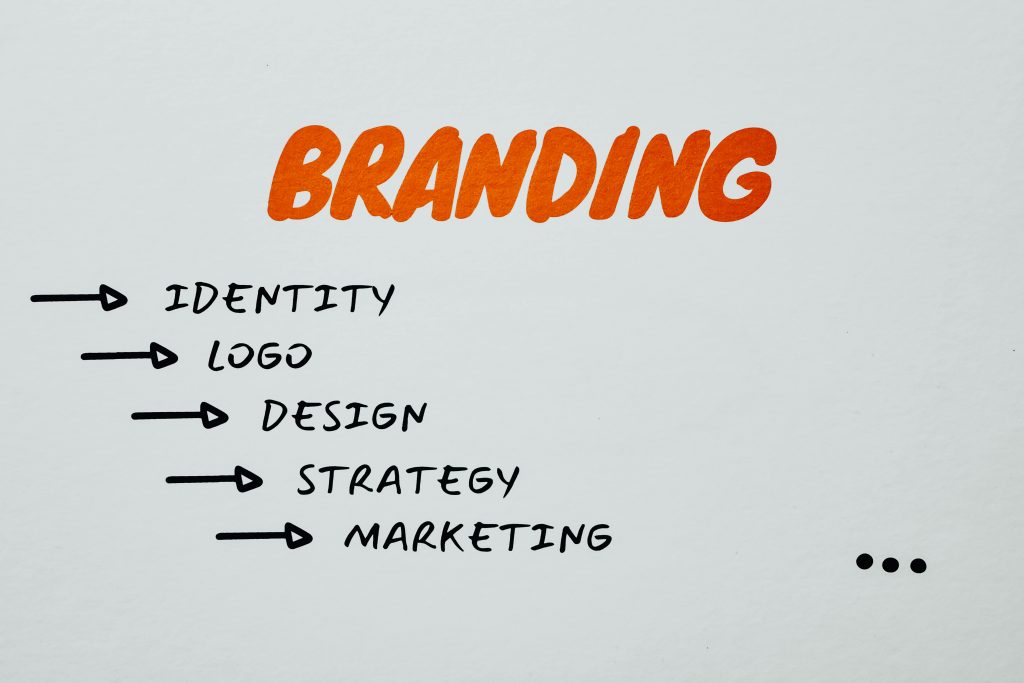Robin Khokhar
Robin Khokhar is an SEO specialist who mostly writes on SEO. Thus sharing tips and tricks related to SEO, WordPress, blogging, and digital marketing, and related topics.
Whether you are starting a new company or launching a business online, your logo plays a very significant role in how the...

Image Credits: pexels
Whether you are starting a new company or launching a business online, your logo plays a very significant role in how the consumers perceive your brand. Research shows that 92% of consumers trust the visual appeal of a brand, while 85% of them associate these visual aesthetics with the color of the logo and the subsequent theme tone of the brand. To join this league of impressive marketing, here are some quick tips for picking the best site colors for your logo.
Never consider that brands with grand color schemes happened by accident. They have taken several attempts and logic to come by. The logo designer of Coca-Cola, Richard Branson, says that he chose the vibrant red color in contrast with white to encourage the customers to be as bold. It was also in line with the business model of Coca-Cola, which has to pose the brand as energetic and sporty. Knowing your focus and developing a color palette upon it is a good idea.
Every color has significant psychological implications. Attach your brand identity with those colors which speak for your ideology and immediately connect with your target audience. All the best site designs and logo colors make use of this psychology of colors. The blue color symbolizes intelligence and progress, and is, therefore, used in most of the tech companies’ logos, from HP to Facebook. Similarly, to put forth a calming vibe, you can use pastel shades. To give out an exciting feeling, use a bold color like yellow or orange.
While picking up your accent colors, it is very important to experiment a lot. Not just one or two but begin with three accentuating color palettes and use a reversible mix of these three. Also, remember that you do not need to make the logo very color-dependent as well. Use the negative space, like the FedEx hides an arrow in it, to signify the express delivery facilities. Such smart use of negative space, along with white color, also plays a key role in how your logo is recognized.
Over the years, many fonts and logo styles have been overused by several brands. Completely stay off course of these clichés and try to create something from scratch. If you need any inspiration, browse through the most impressive logos and improvise upon them, without copying their color combination or structural semantics. Even the repetition of colors is very evident in logos of a particular niche, like the excessive use of silver in the logos of automobile companies. You can avoid these clichés, to create something different yet impactful.
When you target the audience and personality of your brand as the basis of your thematic tones, the chances are that you will have coinciding factors with your competitors. Either the color schematic will match, or the overall presentation of it. Therefore, it is vital to analyze your competitors and try your best to stand out from them. You can also take their ideas as a reference and create your unique combination of their indications which works the best with customers.
The most effective way of experimenting and implementing the right colors is by creating mood boards. The mood boards contain theme colors, depending upon your logo choice and extracting the hex code of the dominant colors of your posts. Placing these multiple shades together will give you a rough idea of what mood your brand signifies. You can use the same color to denote the expressions of your logo.
Suggested:
8 Common Mistakes In Logo Design.
Creating A Free And Unique Logo Online Is Simple With DesignEvo.
Best Restaurant Logo Design Tips for Reaching New Heights.